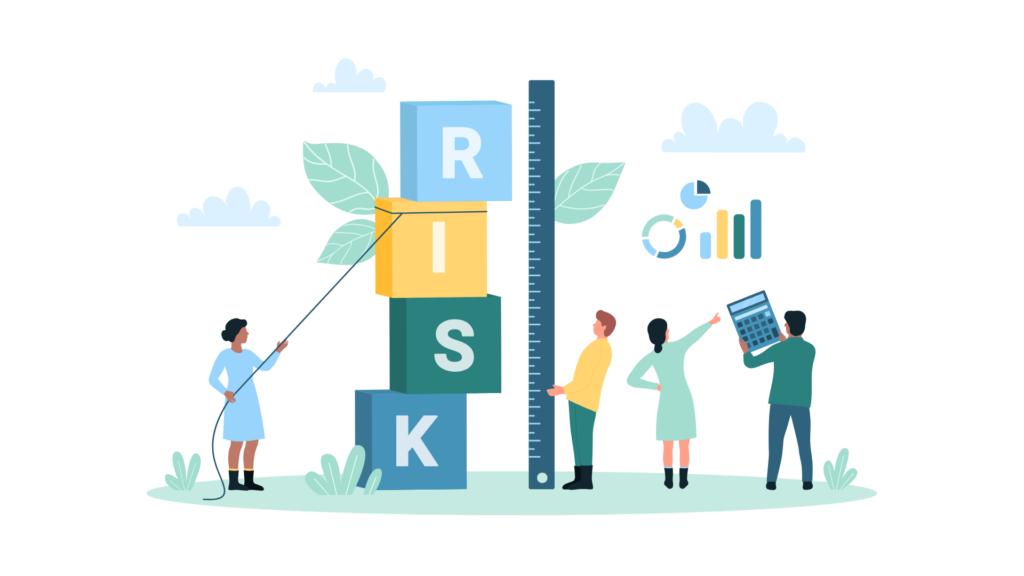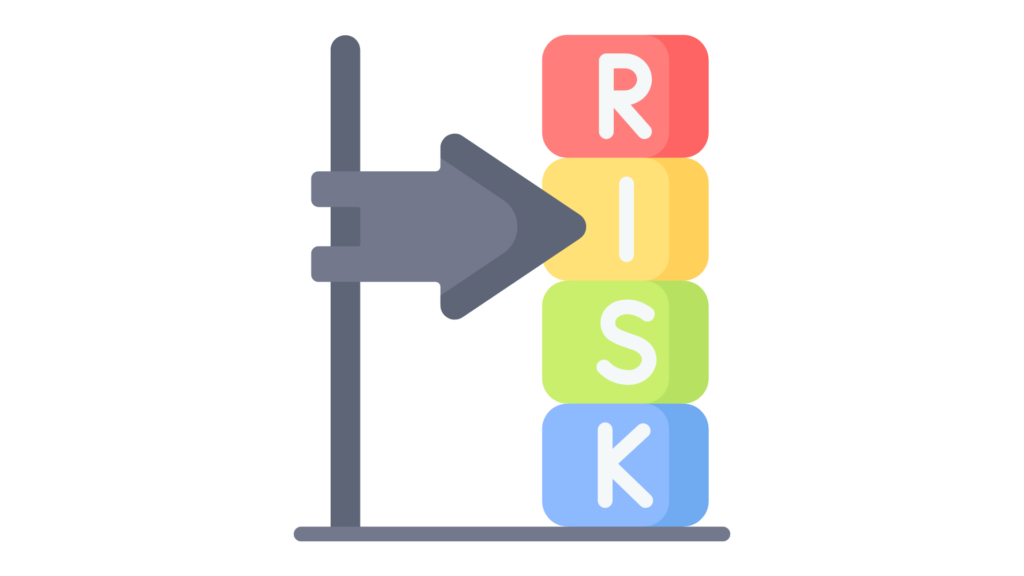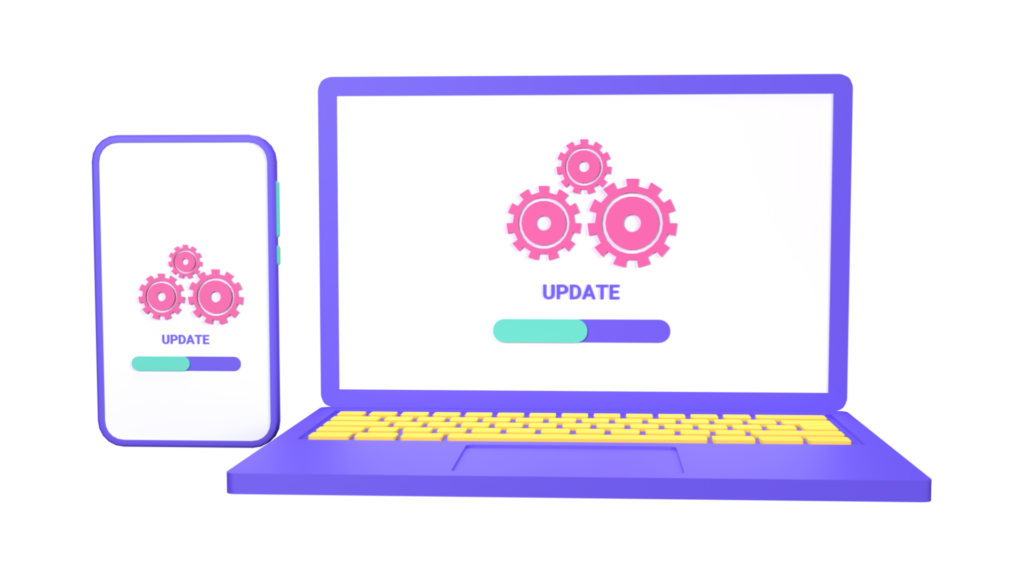To protect assets and follow rules, we need to assess security regularly. Every company must shield its systems and data from possible dangers. This post gives a full picture to help you understand security assessment better, whether you work in IT own a small business, or just want to learn more.

Main Types of Security Assessment
Security checks come in many shapes, each looking at different things in its own way:
Vulnerability Assessments
Vulnerability assessments are key in finding and checking weaknesses in systems, networks, and apps. These assessments aim to uncover known vulnerabilities before malicious actors can exploit them. Regular checks for vulnerabilities help companies reduce the chance of security breaches and keep the whole system safe.
Automated tools are used to scan for issues such as outdated software, misconfigurations, and unpatched systems. By identifying these weaknesses, companies can fix them to stop possible security breaches.
The process starts with a full scan of the network, applications, and systems using special software tools. These tools compare the issues they find with a list of known weak points, like those in the National Vulnerability Database (NVD). After scanning, experts look at the results to figure out possible risks.
The findings are compiled into a detailed report outlining the discovered vulnerabilities, their severity, and recommendations for a remediation plan. This report helps companies decide which weak spots to tackle first, based on how much damage they could do and how easy they are to exploit. Regular vulnerability assessments let companies spot and fix problems, which cuts down the chance of security breaches and keeps their systems running overall.
Risk Assessments
Risk assessments focus on evaluating the potential impact of threats and vulnerabilities on an organization. Unlike vulnerability assessments, which find specific weak points, risk assessments give a wider view of all the risks a company faces.
The main purpose of a risk assessment is to check out possible dangers and how they could affect the company. This means spotting potential security threats, figuring out how likely they are to happen, and working out how much damage they could do to the company. The aim is to get a handle on the big picture of security risks and choose which safety measures to focus on first.
The process begins by identifying potential threats and weaknesses that are relevant to the company, including those within the security architecture and external factors. Once these risks are identified, they are analyzed to determine their likelihood of occurring and the potential impact they might have. This analysis helps to gauge the overall level of risk.
The results fall into high, medium, and low-risk groups. This grouping helps companies focus their security work and use resources well. High-risk threats might need quick action and strong security measures, while lower-risk threats can be dealt with over time. Risk assessments give a full picture of possible threats letting companies make smart choices about where to put their security efforts and line up with company goals.

Also read Practical Risk Mitigation Strategies for Your Business
Penetration Testing
Penetration testing, or ethical hacking, copies real cyberattacks to find weak spots that bad guys could use. This kind of check shows how an organization’s security defenses work in the real world.
The main goal of penetration testing is to find weak spots that automatic tools or regular checks might overlook. By copying real attacks ethical hackers test how well security measures work and spot weak points that bad guys could use.
How Does a Security Assessment Work?
A security assessment is a step-by-step process to check and boost an organization’s security. It has several key parts, each helping to understand the organization’s strong and weak points:
Planning
A security assessment plan builds the base for a good assessment by setting its limits, goals, and methods. The first step in planning has an impact on figuring out the assessment’s scope. This involves pinpointing the exact systems, apps, networks, and data to evaluate. For example, a company might choose to zero in on its web apps internal network, or cloud setup. Nailing down the scope makes sure the assessment hits the mark and tackles the most pressing areas.
After defining the scope, the next step is to set clear goals and objectives. This might include spotting weak points checking if the company follows regulatory rules, or seeing how well current security measures work. Setting specific measurable goals helps steer the assessment and ensures the results lead to action.
A good security assessment plan also means dividing up resources such as time, money, and people. This might include picking security assessment tools, giving team members specific jobs, and setting up the assessment to cause as little disruption as possible to regular work. Additionally, creating an asset inventory—an up-to-date list of all hardware, software, and data assets—can provide a comprehensive view of what needs to be assessed and help ensure no critical components are overlooked.
Execution
Execution is the stage where you carry out the assessment. The way you do this can change a lot depending on what kind of assessment it is.
In a vulnerability assessment, automated tools scan the systems, networks, and applications defined in the scope. These tools look at how things are set up and what versions of software are being used. They then compare this info to lists of known weak spots. The scan tries to find possible problems, like outdated software, misconfigurations, and missing patches. In the end, you get a list of weak spots sorted by how serious they are and what damage they could cause.
Ethical hacking also known as penetration testing, tries to copy real-world attacks to find weak spots. Ethical hackers use many methods, like taking advantage of known flaws tricking people, and creating custom attacks, to check how well security measures work. They aim to get into systems and apps without permission finding weak points that automatic tools might not catch. This kind of testing shows how an attacker could use these weak spots and what might happen if they do.
While doing this, testers gather info based on what they’re doing. For checking vulnerabilities, this info includes scan results and details about the weak spots. For penetration testing, the info is about successful attempts to break in, security gaps they saw, and how well the defenses worked overall.
Reporting
Reporting wraps up the security assessment process. This phase documents, analyzes, and shares the findings with stakeholders.
Once the assessment ends, experts create a detailed security assessment report. This report gives an overview of the assessment process, lists the findings, and provides an analysis of the results. For vulnerability assessments, the report lists the identified vulnerabilities, rates their risk levels, and offers steps to fix them. For penetration testing, the report sums up successful exploit attempts, points out vulnerabilities exploited, and suggests ways to boost security.
The report groups weaknesses and threats according to how serious they are and how much damage they could cause. It gives practical advice on how to deal with each problem, including exact steps to lower risks and beef up security measures. The advice is ranked to help companies tackle the biggest issues first.
The last part of the reporting stage involves going over the report with important team members. This means talking about what was found getting a grip on what it means, and making a plan to fix things. Later checks might be set up to make sure the suggested changes have been put in place and to take another look at the security setup.
Common Issues Solved by Security Assessment
Security assessments tackle several key issues. They spot weak points, ensure adherence to security requirements, keep important information safe, and boost overall security practices. Let’s take a closer look at the problems security assessments solve:

Identifying Vulnerabilities
Finding vulnerabilities is what security assessments do best. These checks help uncover flaws in a company’s IT setup that bad guys could take advantage of.
Security assessments use different methods, like vulnerability scans and hacking tests, to find possible security gaps. These weak spots might be outdated software, misconfigured systems, insecure network settings, or network security vulnerabilities. By revealing these issues, assessments give companies a chance to fix them before unauthorized access or other malicious activities can occur.
Finding weak spots lets companies stay ahead in managing risks. Rather than dealing with security breaches after they happen, companies can fix problems and beef up their defenses based on what the assessment shows. This approach helps stop potential attacks and cuts down on security issues.
Making Sure Rules Are Followed
Ensuring compliance with industry-specific security requirements and standards is another crucial issue that security assessments address. Many industries have to follow regulatory rules about data security and privacy, like GDPR, HIPAA, and PCI DSS. Security assessments help companies check that they’re meeting these compliance standards by looking at their security controls and practices. This helps make sure the company stays in line with relevant laws and standards.
Implementing a cookie banner generator supports compliance by managing user consent in accordance with privacy regulations.
Failing to follow rules set by regulators can result in heavy fines, lawsuits, and harm to a company’s image. Regular checks on security help companies steer clear of these problems by spotting gaps in compliance and suggesting ways to fix them. This protects the company from possible legal trouble and money loss.
Protecting Sensitive Data
By identifying and mitigating risks, security assessments help keep valuable information safe from unauthorized access and data leaks. Security checks evaluate the measures in place to protect sensitive information, such as personal details, financial records, and proprietary data, including network security measures. By uncovering potential risks and vulnerabilities, these assessments help companies implement controls to prevent data breaches and ensure that only authorized individuals have access.
Keeping sensitive data private is key to building trust with customers, clients, and partners. Security checks help companies strengthen data protection methods, like encryption, access limits, and safe storage practices, to keep sensitive information private and accurate.
Boosting Security Strength
Security assessments give useful insights into a company’s current security steps showing both strong points and weak spots. This info helps companies see where their security is solid and where they need to make changes.
By doing regular security checks, companies can always make their security better. These checks help find areas to improve such as updating rules, making security controls better, and using new techology. This ongoing process to get better helps companies stay one step ahead of new threats and keep their security strong.
Tools for Security Assessment
Security assessments use various tools to spot vulnerabilities, examine risks, and boost an organization’s security stance. Here are some tools used in security assessments:

Nessus
Nessus is a popular vulnerability scanner known for its thorough assessment abilities. It scans systems and applications to find vulnerabilities wrong settings, and security problems. It gives detailed reports on found vulnerabilities, including how severe they are and tips to fix them.
Nessus works well for doing regular vulnerability scans finding possible security weak spots, and making sure systems follow security standards. Its big plugin library covers many vulnerabilities and gets updates all the time.
Burp Suite
Burp Suite is a popular tool for web application security testing, including scanning for vulnerabilities and conducting penetration tests. It provides various tools to check web application security such as a proxy server, scanner, and intruder for automated testing. Burp Suite can spot weaknesses like SQL injection cross-site scripting (XSS), and unsafe setups.
Security experts use Burp Suite to examine web applications for weak points, carry out manual and automated security checks, and study web application traffic. It works well to find security problems in web applications and APIs.
Qualys
Qualys influences cloud-based vulnerability management. This platform keeps an eye on and evaluates security weak spots non-stop. Qualys gives its users a bunch of security fixes such as ways to handle vulnerabilities, check web apps, and stick to policies. It offers continuous monitoring of systems and applications, with real-time threat intelligence and automated vulnerability assessments.
People use Qualys to deal with weak spots in big tricky IT setups. It makes sure they always follow security rules. Also, it works with other security tools to create a full security plan.
Conclusion
Security assessments play a crucial role in protecting your organization from potential threats and ensuring you follow industry rules. IT professionals small business owners, and general readers can better protect their assets and keep a strong security stance by knowing the different types, steps, and benefits of security assessments. Carrying out thorough security risk assessments regularly is a way to stay ahead in managing and reducing risks in the always-changing digital world.
Frequently Asked Questions
What is a security assessment?
A security assessment is a systematic evaluation of an organization’s security posture to identify vulnerabilities, threats, and risks. It involves various methods such as vulnerability assessments, risk assessments, and penetration testing to enhance overall security and ensure compliance with regulations.
What are the different types of security assessments?
The main types of security assessments are Vulnerability Assessments, Risk Assessments, and Penetration Testing.
How does a vulnerability assessment work?
A vulnerability assessment uses automated tools to scan systems, networks, and applications for known weaknesses. It compares detected issues with databases of known vulnerabilities, such as the National Vulnerability Database (NVD), and generates a report with recommendations for remediation.
What is the purpose of risk assessments?
Risk assessments aim to evaluate the potential impact of various threats and vulnerabilities on an organization. They help identify and prioritize risks based on their likelihood and potential impact, enabling organizations to allocate resources effectively and address high-priority threats.



